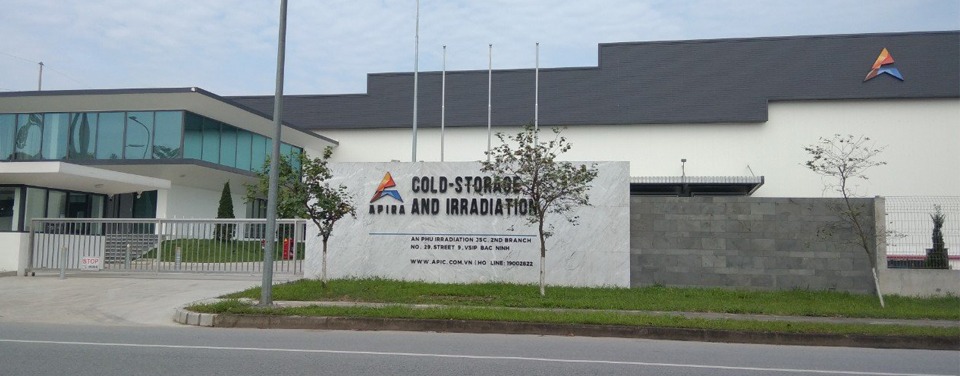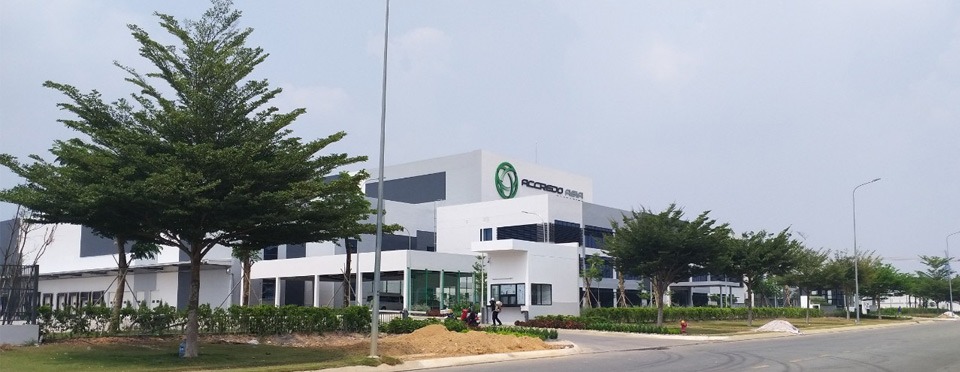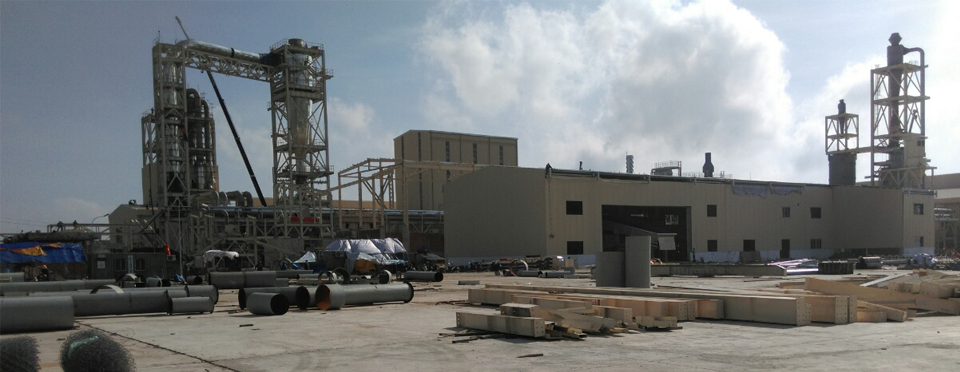Panda Enclosure at Kuala Lumpur Zoo Protected by FFE
Zoo Negara in Kuala Lumpur has installed FFE’s Fireray beam smoke detectors in the panda enclosure and viewing area. The detectors are designed to trigger a smoke spill fan in the event of a fire.
Because of the atrium’s high ceiling, conventional smoke detectors were not suitable for this installation,” commented Mr K. S. Yau of Prospect Safety Technology Sdn Bhd, the installation company. “A sprinkler system was also not an option due to their slower response times. Beam detectors were therefore best for this installation due to their extremely fast response times,” he added.

Beam smoke detectors provide wide-area detection and are used when it is impractical, inappropriate or not cost-effective to use traditional point-type detectors. They are ideally suited to large interiors with high ceilings, such as the panda enclosure, as they enable coverage of a large area at minimal cost.
A particular challenge of this of this application was the possible effects of spotlights and sunlight, which can affect conventional beam detectors by giving false readings. FFE has developed patented light-cancellation technology specifically for this type of installation, however. By actively monitoring ambient light levels on the detector and ‘subtracting’ them away from the ‘real’ signal, the Fireray detector can operate under the most difficult light conditions, including bright sunlight.

According to Mr Yau, additional benefits of using FFE’s beam detectors include lower costs than alternative detection systems and less time spent on installation and maintenance.
“We are honoured to be selected to supply the beam detectors to the panda enclose at Zoo Negara,” commented FFE’s managing director Mark Osborne. “We are glad that the visitor attraction sees us as a trusted partner for such an important installation” he added.
By using infrared beams, Fireray beam detectors can identify smoke over much larger areas than traditional fire detection devices, making them perfectly suited for large indoor spaces such as entrance halls, atria, warehouses, sports arenas and aircraft hangars. Usually wall-mounted at near-ceiling level, they work by transmitting a beam of invisible infrared light across the building space to be protected. A receiver detects and measures the light and can recognise smoke interference anywhere along the beam path, triggering the alarm signal when the pre-determined threshold is reached.
For more information please go to www.ffeuk.com









